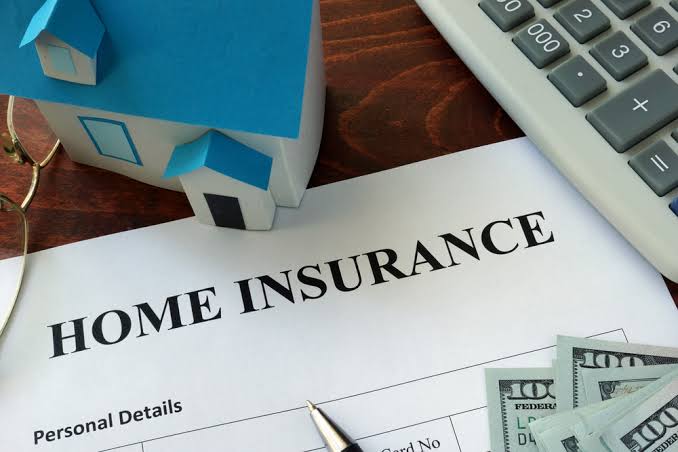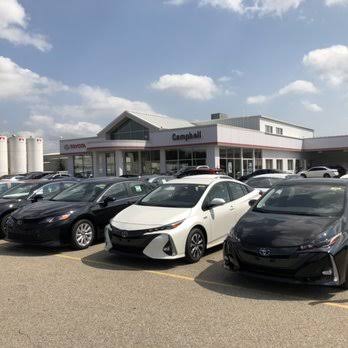Valuable Tips to Spot The Right Car Insurance
Few people pay much attention to their insurance coverage until after an accident, despite the fact that most people are aware of whether they have liability, collision, and/or comprehensive coverage. We’ll discuss auto insurance coverage in this post and provide you with some advice on how to obtain the best value for your money.
Coverage Basics
Two of the main advantages of automobile insurance are the protection it provides for your valuables and your health. The primary forms of automobile insurance coverage are as follows:
Liability insurance: This coverage covers for third-party claims for bodily harm and fatalities, as well as any property damage as a result of your car accident. All but a few states require liability coverage.
Collision insurance: This coverage covers the cost of fixing your car following a collision. Because the automobile isn’t actually yours in this situation—it belongs to the bank, which wants to prevent being trapped with a ruined car—it is necessary if you have a loan on your vehicle.
Comprehensive Insurance: This coverage covers damage brought on by burglary, vandalism, fire, water, etc. If the blue book value of your vehicle is less than $5,000, you might not require collision or comprehensive coverage if you bought it outright or paid off your auto loan.
Extra Automobile Insurance Protection
Further alternative coverage kinds include the following in addition to the coverage types mentioned above:
Full Tort/Limited Tort: If you waive your right to file a lawsuit in the event of an accident, you can save a few dollars on your insurance premium. Giving up your rights, however, is rarely a wise financial decision.
Medical Payments/Personal Injury Protection: Personal injury protection covers the cost of medical expenses for the policy holder and any passengers. This might not be essential if you have enough health insurance coverage.
Uninsured/Underinsured Motorist Coverage: This option offers medical and property damage coverage if you are in an accident with an uninsured or underinsured driver.
Towing: If your car can’t be driven after an accident, towing coverage will pay for a tow. There is no one in the world who has an a tee in the swa gin a na gin in the world. This coverage is optional if you are a member of an auto service or if your vehicle comes with roadside help built right into the vehicle.
Glass Breakage: Some businesses’ collision or comprehensive insurance policies may not cover broken glass. In general, the long-term cost of this coverage is not justified.
Rental: This insurance option covers the expense of a rental car, but because rental cars are so cheap, it might not be worthwhile to pay for this coverage.
Gap: If you wreck that $35,000 sport utility vehicle 10 minutes after you drive it off the lot, the amount the insurance company pays is probably going to leave you with no vehicle and a sizable cost. The same holds true if your brand-new set of wheels is taken. Gap insurance covers the discrepancy between a car’s blue book value and its outstanding balance. Gap insurance is recommended if you are leasing a car or buying one with little or no down payment.
Things That Affect Your Rates
The following are additional elements that affect your vehicle insurance prices in addition to the particular coverage options you choose:
Your deductible is the sum of money you would be responsible for paying out of pocket in the event of an accident. Your insurance premium will be lower the bigger your deductible is. In speaking, a deductible of at least $500 is appropriate, as damage to your vehicle that costs less than $500 can frequently be covered without submitting an insurance claim.
Insurance costs are higher for newer, less experienced drivers.
Gender: Males are more likely to be involved than women.
Demographics: Although actual risk is determined by the zip code you live in, city residents statistically have more accidents, which drives their premiums higher than those who live in rural areas. Moreover, a higher population density results in more claims, which is reflected in higher premium costs in certain areas. Expect to pay higher premiums if you recently moved to New Mexico, Alabama, Oklahoma, or Florida. These states have the highest percentages of uninsured drivers, which ultimately affects the premiums for drivers who have insurance.
Claims: Accident-prone drivers pay extra. Keep the amount of claims you file to a minimum if you want to keep your rates low.
Moving Infractions: Your insurance bill will be negatively impacted by moving offenses such as speeding. To prevent your rates from rising, abide by the law.
Sports vehicles are more expensive to insure than sedans, and premium automobiles are more expensive to insure than less expensive ones. Before you buy that new car, you should check out the insurance costs.
Driving Practices: Your rates are affected by the number of miles you drive, whether you use your car for work, and the distance between your house and place of employment.
Thief Deterrent Systems: If your car has an alarm, you’ll pay less to insure it.
Airbags and anti-lock brakes are two safety features that benefit you by making you safer and cutting your insurance costs.
Accident Prevention Training: If you enroll in a driving education course, some businesses will give you a discount.
Multiple Policies: Keep in mind that many insurance companies give discounts based on the number of policies you have with them if you have more than one car, as well as homeowner’s or renter’s insurance.
Payment Strategy: Depending on your payment strategy, certain insurance companies provide discounts. You might be eligible for a discount if you pay your complete annual bill all at once rather than in installments.
Credit Score: A good credit score will result in lower auto insurance prices. Poor credit makes them worse.
Lack of auto insurance: If you decided to forego your motor insurance in order to save money, you have demonstrated the adage “penny wise and pound dumb.” Your premiums will increase if you don’t have any auto insurance, even for just over 30 days.
1. Evaluate Prices for Different Vehicles
Call your current insurance company (or a new insurance provider) to compare premiums for the vehicles if you’re in the market for a new vehicle. The cost of car insurance varies depending on the vehicle’s safety record, repair expenses, chance of theft, and pricing.
2. Keep Coverage Gaps at Bay
Be sure you are always fully protected if you are switching policies. Your rates are likely to go up if you let your insurance coverage lapse by forgetting to pay the premiums.
3. Redeem All Discounts
Most insurance companies will give you a discount on your premiums if your car has additional anti-theft or safety features, such anti-lock brakes. If you have taken a defensive driving course or are a student and have high marks, you may also be qualified for a discount.
Buying Advice for Auto Insurance
Do your homework on your policy provider before purchasing one, regardless of who it is. Several companies rate the financial stability of insurance providers, and your state also has an insurance website that assigns ratings to providers depending on the volume of complaints they have received. (See the Federal Citizen Information Center for a detailed list of state insurance regulators.)
Be a wise consumer and research what a company’s policy covers and excludes before making a purchase. Be sure the policy you choose always covers the car. Due to their lower overhead expenses than the larger insurance companies, many small insurance companies provide affordable rates. But, these little businesses can occasionally be a hassle when an accident occurs and an insurance claim is made. They might attempt to wash their hands before claiming that your policy does not cover it. After paying your premiums for months, you don’t want to hear that when you truly need them. Moreover, avoid choosing a local insurance provider that excludes coverage for accidents that occur outside of the state.
Consider the customer service of any business, large or little, whose costs are lower. Also, it’s a smart idea to look into the business’s financial stability through a rating agency like A.M. Best (which directly affects their capacity to pay your claims).
Also keep in mind that a firm that offers a discount on the first month or two of premiums will likely make up for that discount with higher rates in the subsequent months. In general, you aim to strike a balance between cost and quality.
Don’t go overboard
Any insurance agent or service provider you speak with will try to upsell you extra coverage so they can charge you more. Unless you drive a lot, own an expensive car, or don’t have enough health insurance, you generally don’t need a lot of coverage. Several insurance businesses can easily profit from inexperienced consumers who don’t know what they want. You won’t have to let a slick-talking agent steal money from your pocket if you follow the advice in this article.
You don’t want to run into financial difficulties while already dealing with the stress of an accident, so having adequate and trustworthy insurance coverage is a crucial part of owning a car. Be a wise consumer, conduct adequate research, evaluate quotes, and put together a plan that satisfies both your coverage requirements and your financial constraints.
Retirees’ Favorite Car Insurance Companies
The following auto insurance companies provide excellent tools for older drivers, including driver development courses and senior driver discount:
- AARP (previously known as the American Association of Retired People) (formerly known as the American Association of Retired Persons)
- The American Automobile Association (AAA)
- Geico (in specified states) (in select states)
Conclusion
Make the effort to ascertain the kind and amount of coverage that you require when shopping for auto insurance. This will help you protect your health, your possessions, and your finances. Before you sign on the dotted line, make sure you have read and understood your policy. If you plan well, you’ll be happy with the outcomes if you ever need to put your policy to the test by filing a claim.



